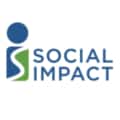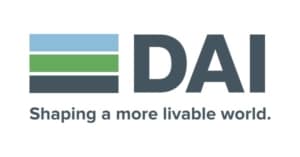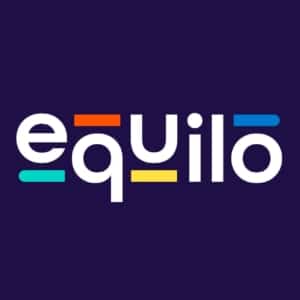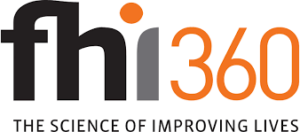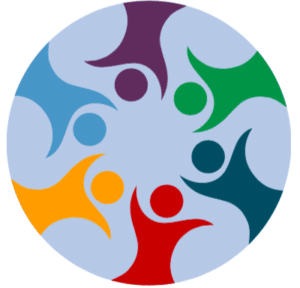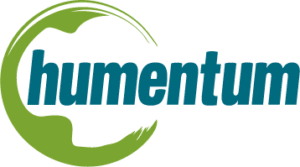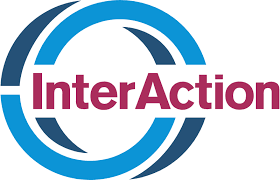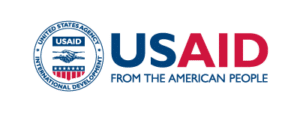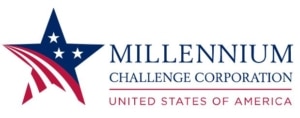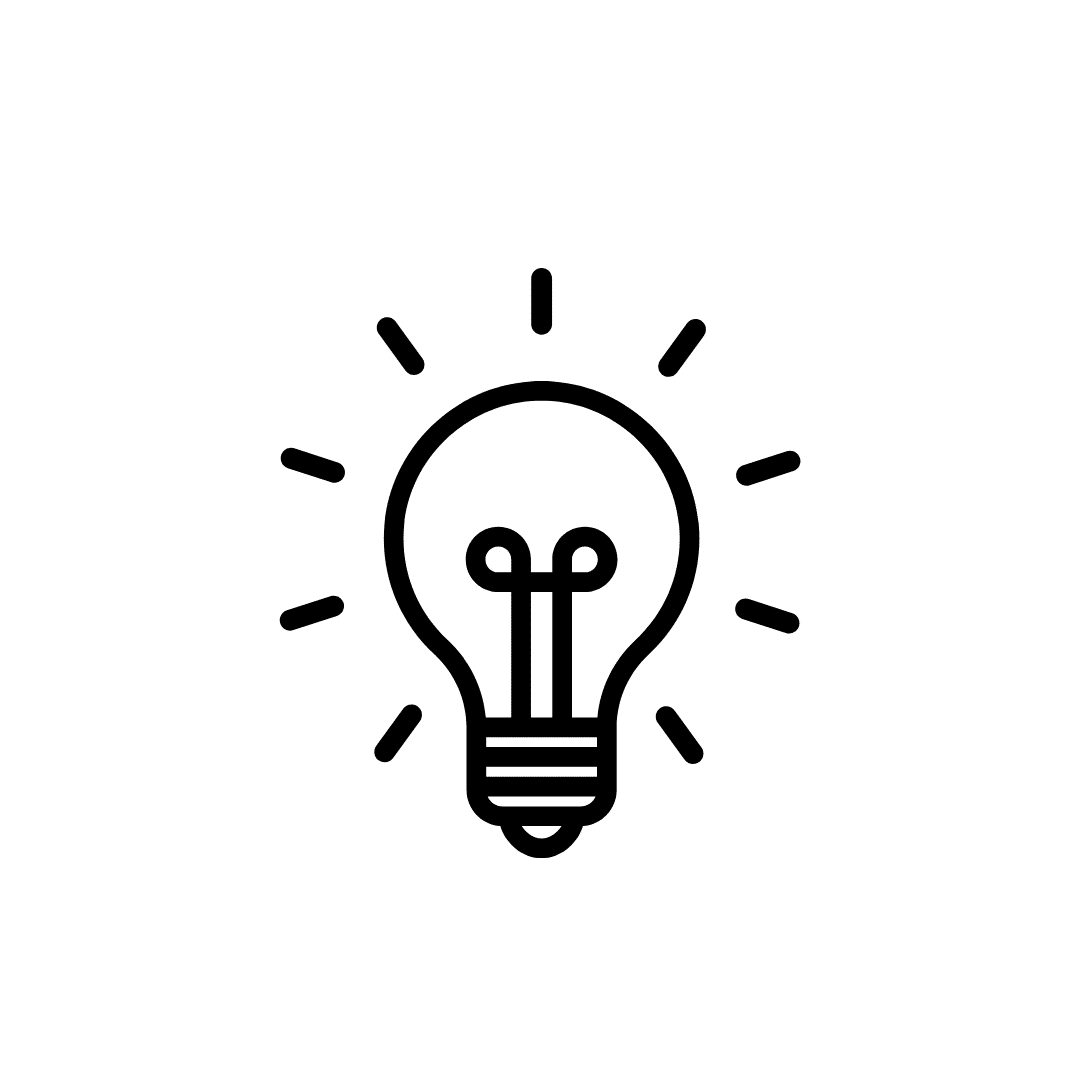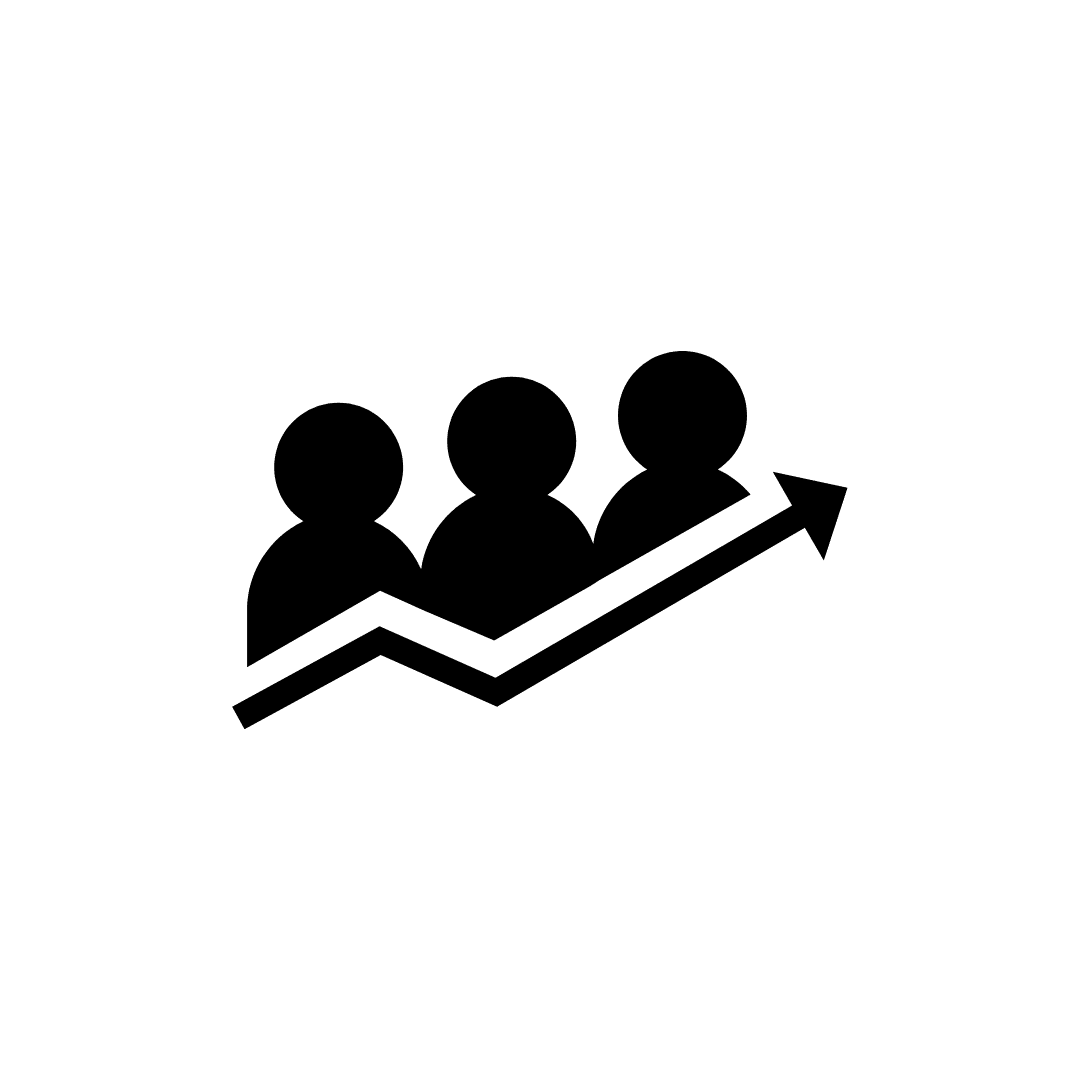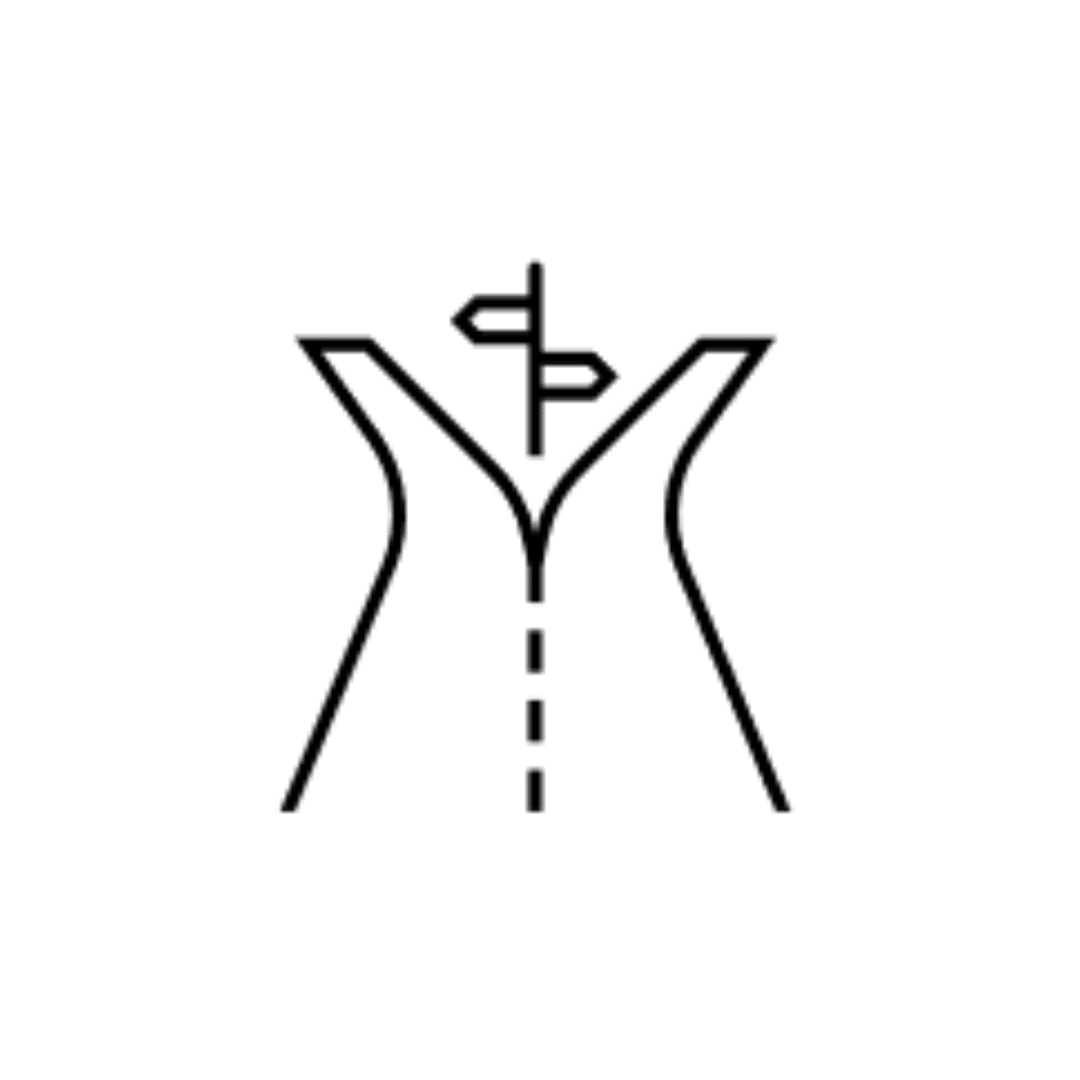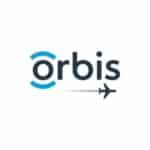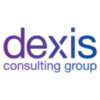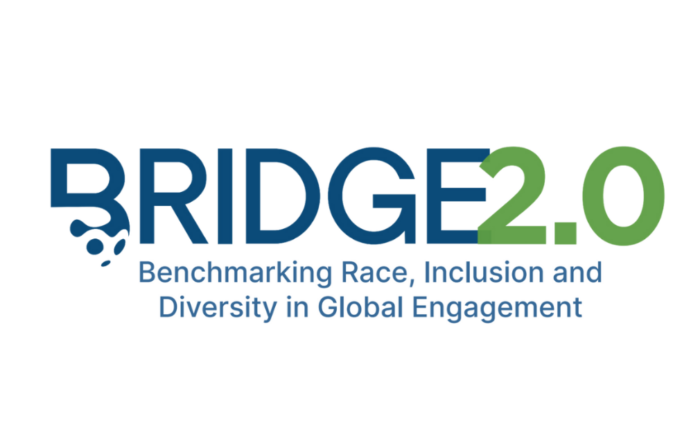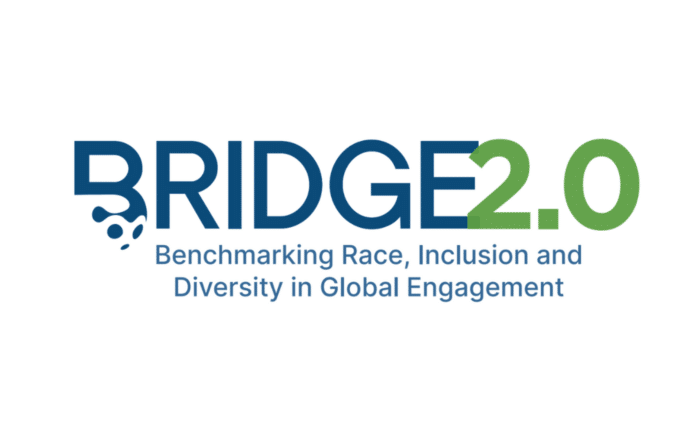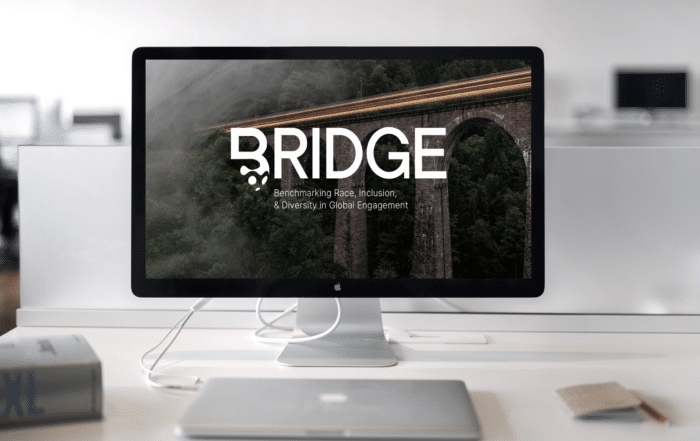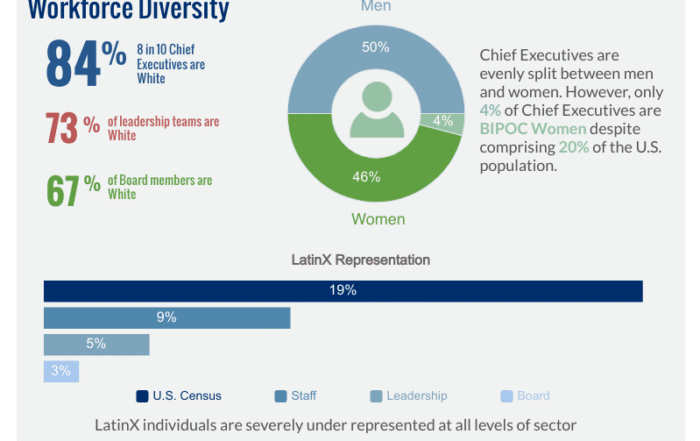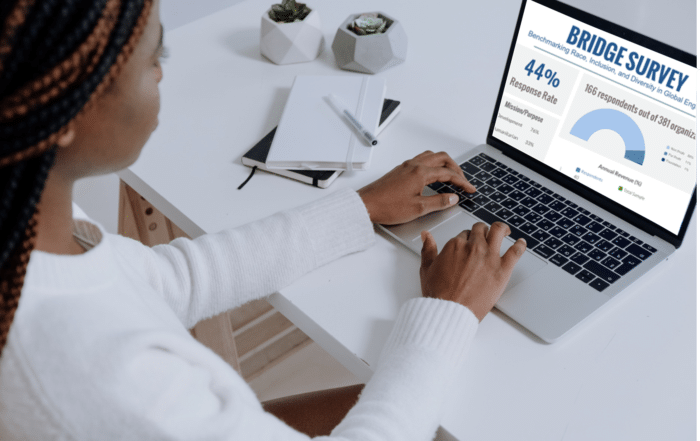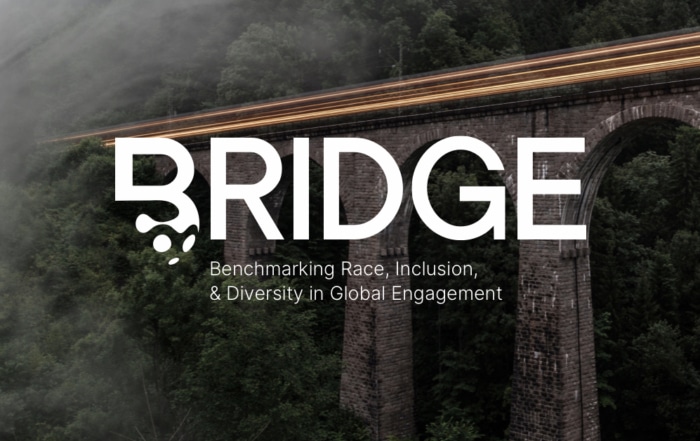WHAT IS BRIDGE
BRIDGE stands for Benchmarking Race, Inclusion, and Diversity in Global Engagement. BRIDGE is an institutional survey that explores diversity, equity, inclusion, and accessibility (DEIA) metrics, structures, and practices at the organizational level across US-registered organizations in the international development and humanitarian sector. BRIDGE has become a social movement of organizations dedicated to using evidence to advance DEI goals within their organizations and at the sectoral level. The data from BRIDGE serves as a tool for our community to ground truth organizational practices with evidence and serves as a call to action to advance equity and inclusion in the sector.
Why Was it Developed?
For many organizations in the United States, attention to DEI increased exponentially after the murder of George Floyd in the summer of 2020 and the massive racial justice mobilization that followed. In response, many organizations in the international development sector searched to find documented efforts at the sectoral level on the extent of the industry’s DEI challenges. What they found, however, was a startling gap in publicly available, sector-wide, data on diversity.
While a number of strategic actions are needed to meaningfully address the legacy of structural racism and other inequities in our sector and the organizations within it, establishing baseline evidence is among the first steps needed.
Having this data will enable individual and collective action. Organizations will be able to compare their own data to the industry benchmark and identify areas where they need to focus their efforts. At the sectoral level, the data could point to gaps where joint action is required to achieve meaningful and lasting change. The data will also provide a basis for mutual accountability and ultimately contribute to changing the sector for the better. Further, BRIDGE 2.0 and future iterations will provide time series trends of DEI metrics, distill what is and is not working, and serve a real-time guide to advance DEI within organizations.
BRIDGE 2.0
In June 2023, Social Impact launched the BRIDGE 2.0 survey. In this second round – two years after the initial benchmarking survey – BRIDGE 2.0 focused on two components. First, it gathered data on workforce composition and DEI practices (as it did in the first round) and second, it compiled experiences related to achieving DEI goals. Through these two components, BRIDGE 2.0 allowed us to explore trends in workforce diversity and DEI practices between 2021 and 2023 as well as enhance our understanding of what is and is not working so we can adapt and improve our organizational DEI practices based on evidence. The BRIDGE 2.0 survey was closed on August 31, 2023.
*We are also grateful to PSC/CIDC and SID-US for their support
BRIDGE 1.0
BRIDGE 1.0, launched in 2021, was the first sector-wide DEI baseline survey of US-based development and humanitarian organizations. Its results provided a snapshot of the racial, gender, and disability organizations’ workforce composition at the staff, leadership, and board level. It also captured details on the types of DEI strategies and approaches utilized across the sector. While the industry’s DEI challenges span the globe, this survey focuses on US-based headquarters staff to both intentionally narrow the scope and acknowledge the complexity of looking at DEI in a global sense.
BRIDGE 1.o Results
The BRIDGE survey was disseminated to nearly 400 organizations; results have been presented to 2,000 people including over 1000 USAID staff and 40 CEOs. The survey continues to serve as a powerful tool for individual and collective action towards creating a more equitable industry.
The survey results revealed stark findings about the realities of diversity within the industry including that:
- 84% of chief executives are white
- Only 4% of chief executives are BIPOC women despite comprising 20% of the U.S. population
- 1 in 6 organizations don’t capture employee gender data, 1 in 4 don’t capture race data, and 1 in 2 don’t capture disability data
- 60% of organizations don’t share race or gender data of staff internally but 50% are willing to.
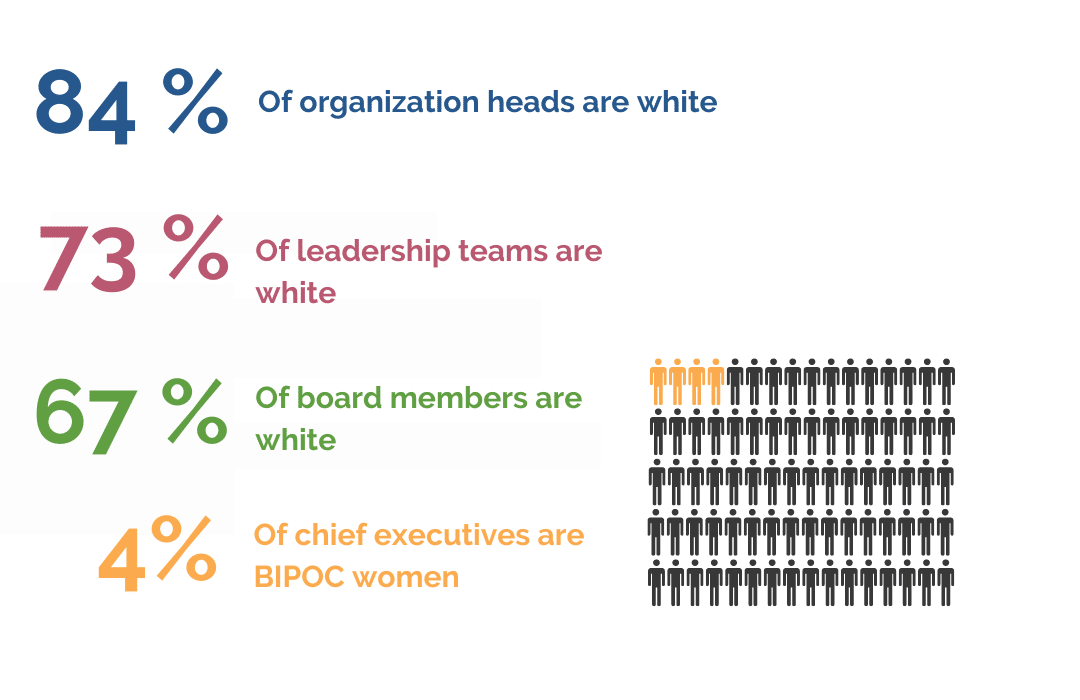
BRIDGE 1.0 Impact
BRIDGE 1.o Partners
The original BRIDGE survey was designed by a coalition of organizations dedicated to meaningfully addressing the DEI challenges of the international development and humanitarian assistance sector. In the early Fall of 2020, a small group of industry leaders on a voluntary basis set out to leverage the strengths of their own organizations to address the diversity data gap in the sector by launching an initiative to establish a DEI benchmarking survey.
CORE PARTNERS
SUPPORTERS
ADVISORS
MEDIA
Practicing What We Preach: Closing the Gap for Women of Color in Development
The ecosystem of international development is vast and complex, not unlike the global development and humanitarian challenges it is attempting to address. Although women have faced significant barriers in reaching leadership ranks in any sector [...]
BRIDGE Can Be Your Organization’s Catalyst for Change
This is the February blog of our 12-month series on deep dives into BRIDGE 2.0. Check out our year end blogs on what we learned and actions organizations can take to advance equity and inclusion, [...]
Stuck In Your New Year’s Resolution Already? How Organizations Can Move from Planning to Action In 2024
This is the first blog of our 12-month series on deep dives into BRIDGE 2.0. Check out our year end blogs on what we learned and actions organizations can take to advance equity and inclusion. [...]
Advancing Equity and Inclusion: Seven Actions for Our Sector and Organizations
Benchmarking Race, Inclusion, and Diversity in Global Engagement (BRIDGE) is an institutional survey that assesses the state of diversity, equity, and inclusion (DEI) in the global development sector. In 2021, the inaugural survey established the [...]
Seven Things We Learned from BRIDGE 2.0
Benchmarking Race, Inclusion, and Diversity in Global Engagement (BRIDGE) is an institutional survey that assesses the state of diversity, equity, and inclusion (DEI) in the global development sector. In 2021, the inaugural survey established the [...]
Let’s Talk About Bridging the Diversity Gap – BRIDGE Events
Heard about the Benchmarking Race, Inclusion, and Diversity in Global Engagement (BRIDGE) Survey? Want to see the BRIDGE team speak about the survey methodology, findings, and what you can do to make the international development [...]
84% of Chief Executives are White: Key Findings from the BRIDGE Survey
Benchmarking Race, Inclusion, and Diversity in Global Engagement (BRIDGE), is an institutional survey created by a coalition of industry experts to develop a snapshot of diversity at the staff, senior management, chief executive, and board [...]
Benchmarking race, inclusion, and diversity in US dev orgs
By Kim Kucinskas, Humentum Director of Membership Twenty-one years into the 21st century, there is clearly a gap between what is and what should be when it comes to diversity, equity, and inclusion practices in [...]
Minding the Gap: Collecting Data on Diversity in the Development and Humanitarian Sector
By Shiro Gnanaselvam, Social Impact and Alicia Phillips Mandaville, IREX For many organizations in the United States, attention to diversity, equity, and inclusion (DEI) increased exponentially after the brutal killing of George Floyd in the [...]
FAQs
Who do I contact if I have questions?
You can contact the BRIDGE lead, Brooke Hill, bhill@socialimpact.com, or email the BRIDGE team at BRIDGE@socialimpact.com.
Why does BRIDGE focus on US-based Humanitarian and International Development organizations?
The BRIDGE team is comprised of organizations working in the Humanitarian and International Development sectors in the United States. While we believe this benchmarking effort is needed and would be helpful on a global level, the team decided to start with a survey of US based organizations where the group had the greatest expertise.
Why did the BRIDGE Survey focus on data from US-hired workforce and not all staff?
In order to accurately analyze and compare organizations’ workforces, we are restricting our questions to be about the US-hired workforce. Initially, in BRIDGE 1.0, we called this group, US-based headquarters. Considering the shift in understanding of headquarters post-COVID, we have updated the language to better reflect the realities of how organizations are currently structured.
What is the role of the Advisory Council?
The Advisory Council was intentionally selected to capture the various organizational structures in the International Development and Humanitarian Assistance US-registered sector. This includes small businesses, non-profits, for-profits, large organizations, associations and funders. Members of the council have expertise in survey design, DEI, human resources/people and culture, and organizational leadership.
How did the BRIDGE team determine a need for this data?
A few efforts have been made recently in the industry to capture data and evidence related to DEI in the international development and humanitarian assistance sector. Efforts we have identified so far, include the following. We welcome the opportunity to learn from any other studies that we may not be aware of. Institutional level data includes but is not limited to the Quantum Impact’s 2018 State of Diversity report. GAO’s report on Diversity at USAID, various reports published by Global Health 50-50, and spot polls conducted by Humentum.
At the individual employee level, data sources include but are not limited to the Racial Equity Index’s Global Mapping Survey, spot polls conducted by Humentum, and employee surveys by Canopy Lab.
Will the BRIDGE survey run again or be expanded?
BRIDGE 2.0 is carried out by Social Impact. Resource-permitting, the BRIDGE team hopes to continue BRIDGE surveys in 2-year increments. BRIDGE could also be expanded to other sectors or in an international or project-office-focused capacity.
Have an idea on how to utilize BRIDGE? Send Brooke Hill, bhill@socialimpact.com, an email.

